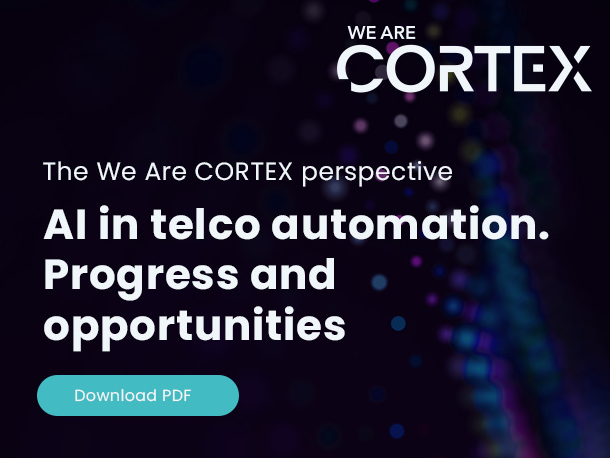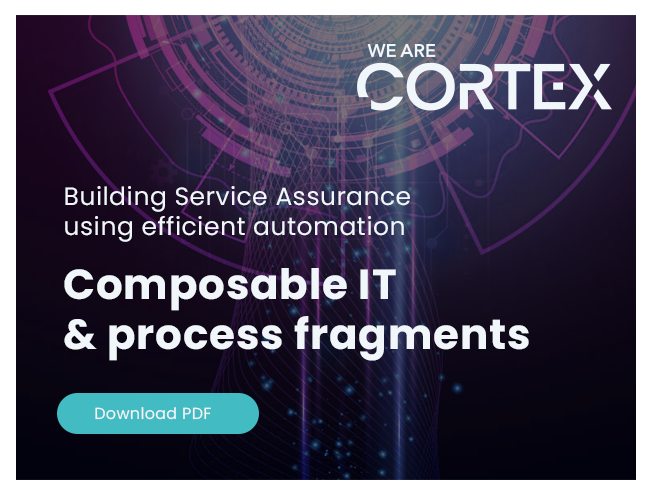Most operators and service providers have a patchwork of legacy systems, protocols, and interfaces. It’s essential that your automation provider has deep integration capabilities to avoid islands of automation and create seamless cross-domain orchestration.
Most communications providers have expanded with a patchwork of different legacy systems and processes built up over many years. Very few operators have a greenfield network, with most likely having built up multiple OSS and BSS resources to handle everything from service provisioning and quality to billing and inventory management.
Such systems are likely to have been deployed over decades but remain a mainstay of operator revenues. They are likely to provide services to both consumers and enterprises and need on-going support. Furthermore, increased demand for new services and uninterrupted access to traditional network services means that OSS and BSS systems have become more sophisticated, which adds further complexity.
Multiple networks, multiple legacy systems
Large transformations are, generally speaking, rare. Most operators will also need to support multiple generations of communications networks — such as 4G LTE, VoIP, 5G — and so on, at the same time.
Generally speaking, networks are upgraded incrementally, with piecemeal changes – swapping one IMS for another, rolling out a new RAN, and so on. It means that most operators have a diverse – heterogeneous – operational infrastructure. Many vendors, many vintages.
In fact, one of the most important aspects of automation is that it must be independent from the underlying technology, which means that legacy integration capabilities are imperative.
A second essential consideration of automation is the need to avoid building multiple islands of automations – this requires cross-domain compatibility and orchestration, which also enables any changes to be made in the future, should existing systems be replaced.
The ultimate goal of automation is to ensure that entire processes and domains are connected and integrated seamlessly regardless of the underlying technology — stack, protocol, enterprise application, and interface on which the processes and tasks run — which is likely to be a mishmash of legacy systems that have been built up over time. Integration with different data formats also ensures future proofing, so that new capabilities can be added to existing automations as they emerge.
Let’s consider two simple examples. It may be that an operator has a joined-up process for an enterprise to purchase a multi-site SD-WAN capability, or an Ethernet link to a particular location. They may be able to add their own voice services to this – and to achieve all of the above through automation.
In this case, the automation has to span several different processes and systems, some of which may be legacy, while others may be new. But, all of which are in the operator’s own domain.
But, if the operator also offers Microsoft 365 subscriptions and services, and also wishes their delivery to be automated, then they must integrate with systems and processes that lie in Microsoft’s domain.
For this automation to work, we have to reach across into an entirely different environment, with a different set of interfaces and integration points – in other words, cross-domain orchestration is what is required here.
By the same token, an operator may wish to forge relationships with partners that can offer exciting and compelling content packages for consumers. You can do that by offering tokens or providing links – but all that does is move your customers away from your portals and platforms to those of your partner. You’ve lost control.
What you really want to be able to do is to integrate that content seamlessly into your own portals and systems, so that your customers experience the new video (or whatever) with the minimum of friction and without departing your controlled network environment.
So, to achieve this seamless experience, you will need to be able to integrate across domains – spanning different kinds of IT environments, as well as your network and operational systems – and into the systems of your partner organisations. In both cases, the automation must be across these different domains.
This kind of integration – both across internal domains and to new partners – is necessary in order to deliver better services, more efficiently and with minimal friction for customers. It also helps to reduce your costs – but it’s key to your competitive advantage.
Multi-domain automation means confronting both legacy and new interfaces
The problem is that this means that many different kinds of interfaces will be encountered and must be considered as part of the integration. These span legacy and modern protocols and interfaces – and cover all kinds of different technologies.
This means that you need automation tools that can accommodate these – or any other emerging interface. Crucially, you need to be able to address legacy platforms and include these into automations. If you don’t, you’ll end up with islands – and you won’t be able to deliver the enhanced end-to-end experiences that your customers will expect.
So, how can you avoid this and what do you need to know about cross-domain orchestration? Why is this distinct from orchestration in general? Find out in our new whitepaper.
Download “Connecting orchestration islands for true end-to-end automation”







